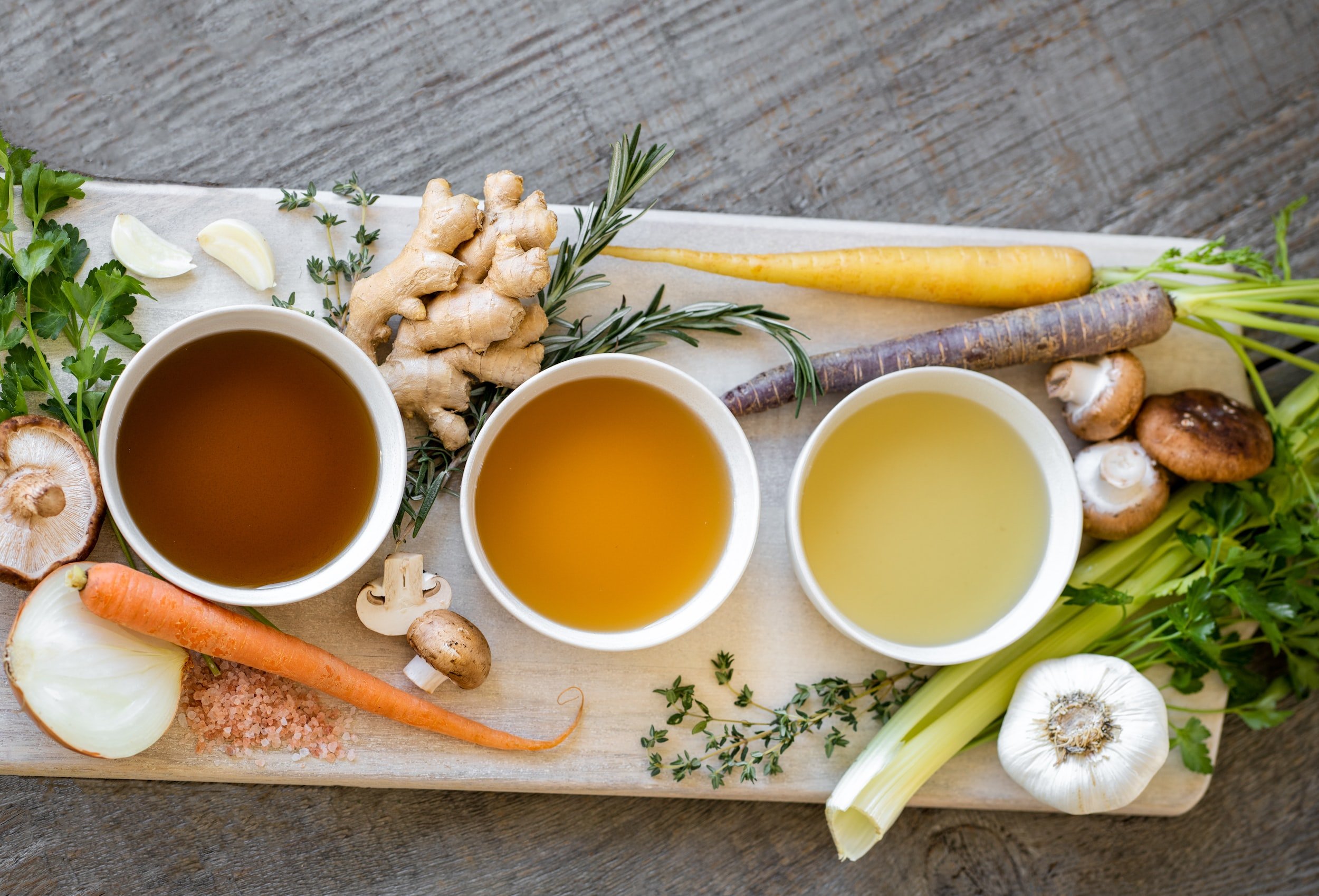Turns out we should all be eating more seaweed — and it’s tastier and more versatile than you know!
When most of us read the words "plant-based diet," our minds conjure up foods like kale salads, grain bowls, and trendy meat replacements. But there is one nonmeat option rapidly gaining traction which is: Seaweed.
Yes, seaweed! The brownish-green ribbon hails from the sea and often washes up on beaches is definitely edible. Nori, the papery sheets used to wrap sushi rolls and ramen bowl garnish, is well known and enjoyed by seaweed aficionados. These large leafy algae come in hundreds of colorful varieties including wakame, kombu, red dulse, and sugar kelp.
Seaweed helps to support other marine life and other water surrounding it. When out of the water, it can bring more nutritional minerals to our diets.
Even though we eat healthily, we're also relying on land-based, soil-based agriculture for the most part. Seaweed is a really interesting alternative because it provides those nutrients that are hard to find in other land plants. Here's why we can all benefit from eating seaweed.
It’s good for humans AND the environment
Seaweed is a one-stop shop for all our crucial nutrient needs. It's an excellent source of dietary fiber and minerals. The nutritional profiles vary slightly between green, brown and red across the board of the seaweed spectrum. Each contains vitamins including, B, C, E, and K, omega-3 fatty acids, protein, amino acids, polyphenols, and 10 times more minerals than land-based plants.
Seaweeds have an ability to concentrate all the trace minerals in the ocean that we cannot access and are sort of this balancing food that we can return some of those trace elements back into our bodies and into our diets.
Seaweed is a one-stop shop for crucial nutrient needs. Wakame seaweed also adds flavor to miso soup. | Adobe Stock
When used as a fertilizer for land-based farming, seaweed can add those essential nutrients back into the soil whilst improving our human health.
However, you don’t need to pile your plate high with seaweed because it can absorb high amounts of minerals. Some brown kelps such as sugar kelp grown in New England, are very high in iodine and have so much of it that consumers are advised to eat it no more than three times per week.
Seaweed is just as beneficial to water systems as it is our personal health. Seaweed pulls carbon dioxide out of the atmosphere and uses it to make more carbohydrates. We are not sure how much seaweed farming would take to have a significant effect on global warming.
Seaweed also works as a component of regenerative aquaculture by consuming nitrogen and phosphorus. The two elements that can harm the ocean when found in large quantities. Seaweed also provides a place for smaller sea creatures to hide from predators. Seaweed also requires no fertilizer or pesticides to grow in the ocean, whether it's farmed there or harvested wild.
How to add seaweed to your everyday meals
IYKYK! Sushi rolls are wrapped in papery sheets called nori. Here, wakame garnishes the top of sushi rolls.
OK, now you may be convinced that seaweed is worth sampling. There is no forage for it - not that you'd want to. Make sure that the seaweed products you're getting are certified organic or tested for heavy metal content. Some types of seaweeds are more likely to have metals such as cadmium, lead, and arsenic.
Other than eating lots of temaki rolls and packaged seaweed snacks or adding more nori sheets to your ramen, there are several ways to incorporate edible seaweed into your meal routine!
Springtide Seaweed air-dries kelp and mills it into powder for seasonings such as Italian kelp and Red Bay seasoning, which can be sprinkled on everything from popcorn to garlic bread.
Add dried kelp ribbons to soups, stews, or any dish where you’d sauté kale and other leafy greens. Consuming seaweed in this way is easy for people to use and incorporate into their diet
Prefer your kelp with breakfast? Atlantic Sea Farms, another Maine seaweed producer, incorporates kelp into frozen smoothie cubes alongside antioxidant-rich fruits such as cranberries and blueberries.
If you’re feeling spicy, try some of their kelp-based kimchi. If you want to turn up the heat, add some kelp hot sauce from Alaska’s Barnacle Foods.
Or if grilling is your thing, Akua makes kelp burgers and ground kelp, which can be transformed into meatballs, used in tacos, or anywhere else ground meat usually makes an appearance on the menu.
And finally — you can even satisfy a sweet tooth in the form of kelp chocolate bars (plain or with potato chips) or by making your own chocolate chip cookies that sneak powdered kelp into the mix. (Get out!)
ALRIGHTY THEN! LET’S GO SEAWEED.













